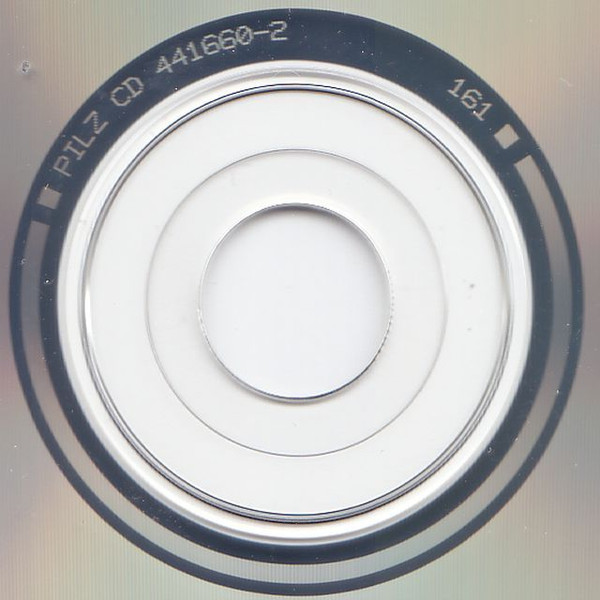Not to be confused with singer
Kincade was a studio-project created by . The songs featured vocals by Carter and were recorded using sessions musicians. Between December 1972 and December 1973 Kincade was presented as a three-piece band comprised of (as "lead singer"), his brother and for promotional purposes such as TV and disco appearances and interviews. These three posed as Kincade but didn't contribute to the recordings. They also appeared as band members on some of the LP and single covers.
While he did not perform on any Kincade recordings, singer appeared on the cover of Kincade's first single "Dreams Are Ten A Penny" (on nearly all editions with picture sleeves released in 1972, as well as many CD collections of Kincade's material released since 1990). On one Spanish EP of the same name, a different musician is shown as the (apparently lone) member of Kincade. Beginning in 1973, Paul and Nigel Griggs and Rick Williams appeared on Kincade releases when a "band" photo was used. Knowles was first recruited to pose as front man of Kincade for promotional purposes, but eventually quit in order to launch a solo career and recorded for , the same label as Kincade. John Knowles took the name of (capitalizing on the huge success of Kincade's first single in Germany) and released own singles and LP's as a solo performer. To complicate things furthermore, John Kincade recorded an own German-language version of "Dreams Are Ten A Penny" with both versions of the song appearing on Penny Farthing and John Kincade's version was released under the name Kincade so that Penny Farthing could capitalize on the Kincade name with a German language version. And both the "band" Kincade and the solo artist John Kincade later recorded versions of "Shine On Me Woman
Name Vars
- John Kincade
- Kincade Group
- Kinkade
Members






